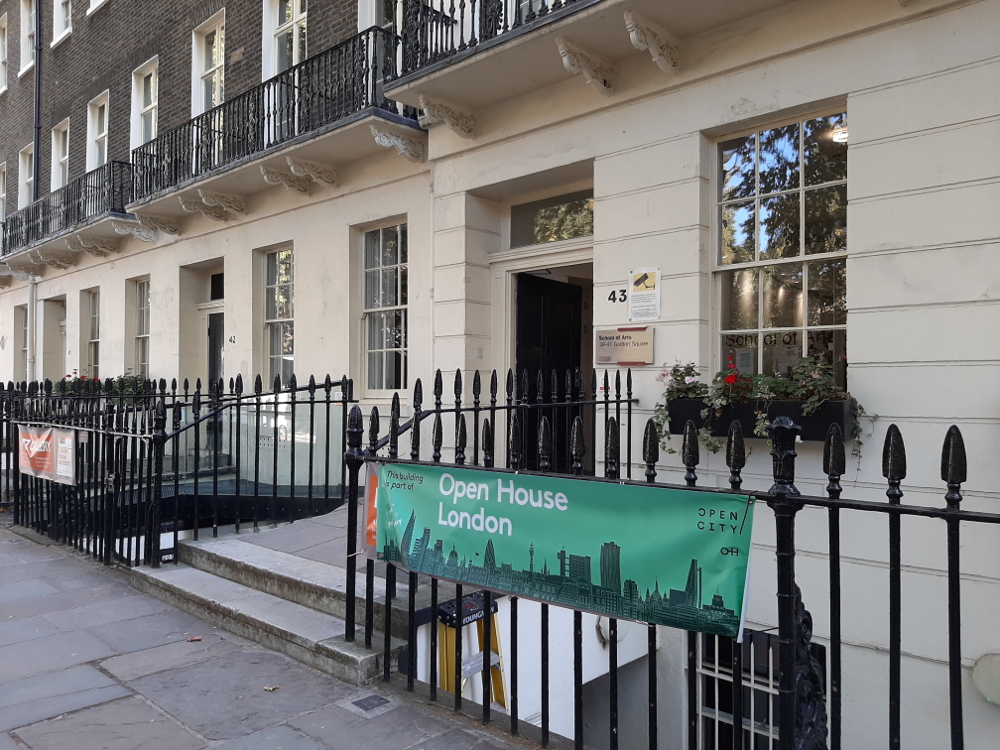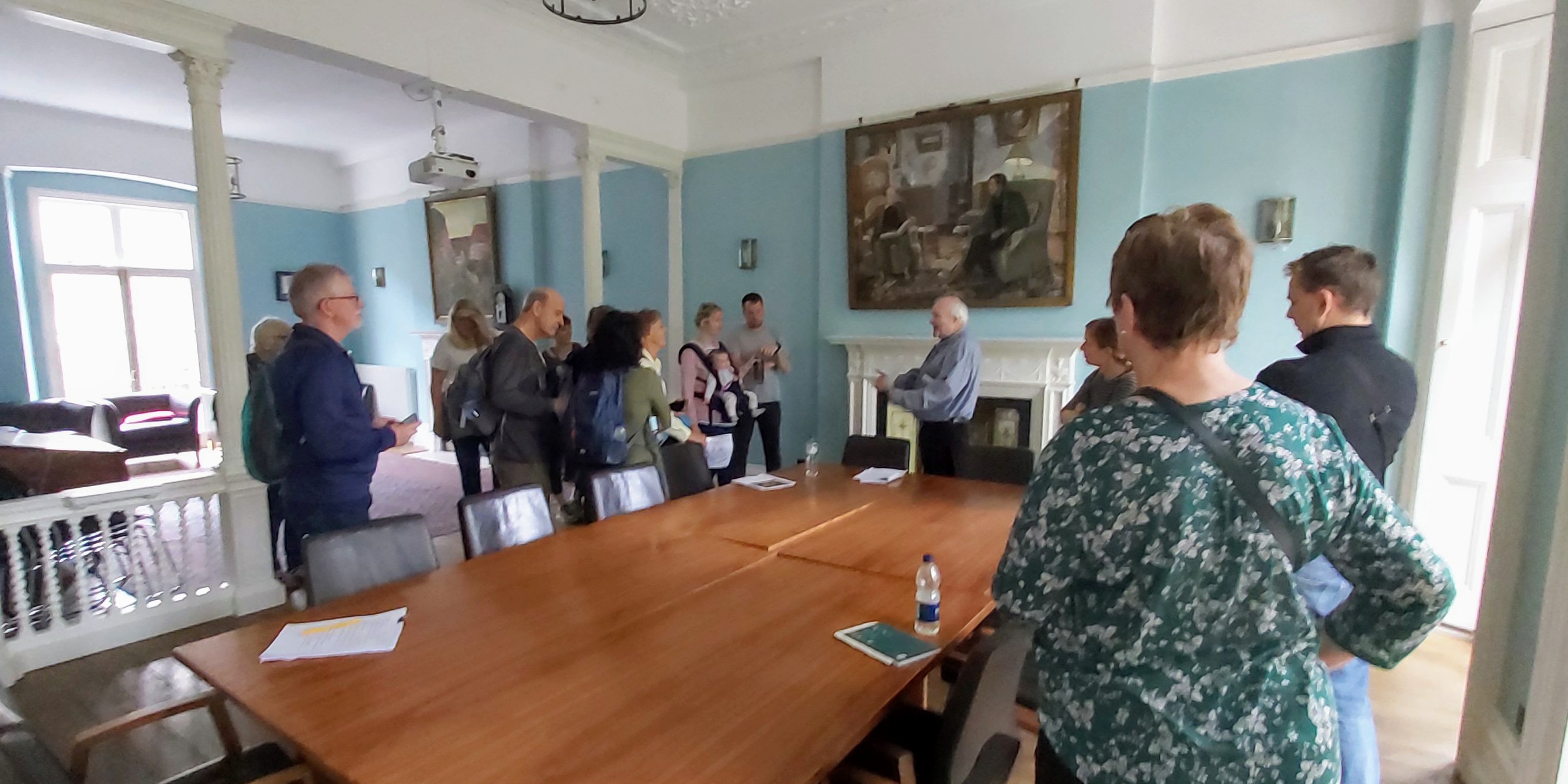Now that all the inductions, orientations and introductory lectures are well behind us, I hope you’re enjoying getting your teeth into the substance of your studies. If by any chance you haven’t yet enrolled, you’ll know from the multiple reminders I’m sure you’ve received that there’s a deadline to enrol of 31 October (why does that date sound familiar?) The sooner the better for enrolment, in order to make sure you don’t lose access to moodle and other essential resources. If you’re having any problems enrolling, and/or would like to talk to someone about payment of fees and financial issues, the best place to turn is the Student Advice Service.
I had a quick visit to Manchester University last week to give a talk on ‘Modern Architecture and Antisemitism in Vienna’, in which I discussed two key buildings by the architects Otto Wagner and Adolf Loos, and how they were shaped by the particular political and economic forms of antisemitic agitation in the banking and clothing industries of the early 20th century. The talk was based on some research I’ve done recently for a contribution to the book Design Dialogue: Jews, Culture and Viennese Modernism. While there, I made a pilgrimage to the Manchester Art Gallery to see Ford Madox Brown’s amazing Work. There’s nothing like standing in front of an artwork that you have seen so many times in reproduction…
Speaking of being in front to paintings, one of our PhD students, Melissa Buron, has curated a major exhibition on the French (and a bit English) painter James Tissot: ‘Tissot: Fashion and Faith’. It opened at the Legion of Honor Museum in San Francisco earlier this month and moves on to Musée d’Orsay in Paris in March 2020. Melissa was also an MA History of Art student at Birkbeck and is completing her PhD on Tissot and the Visual Language of Spiritualism, supervised by Prof Lynda Nead.
The exhibition is a major reassessment of the artist’s work and will demonstrate that even in his most glamorous and fashionable society paintings there is a rich and complex commentary on topics such as nineteenth-century culture, religion, and politics. Throughout his life Tissot experimented with major trends in contemporary art, but his work resists classification and traditional labels. We congratulate Melissa on this major achievement and are booking our Eurostar tickets now!
The History and Theory of Photography Research Centre has announced its Autumn programme of talks, which are free and open to all.
The first is on 20 November, 6-7:30pm in Gordon Square room 106. Andrés Mario Zervigón (Rutgers, The State University of New Jersey) will be giving a talk entitled ‘Fully Visible and Transparent: Zeiss Anastigmat’. In 1890, the famous Jena Glass Works of Carl Zeiss released the Anastigmat photographic lens. The innovative device advanced a chapter in optical technology; thenew lens offered a consistent field of focus across the photographic plate. But why exactly had Zeiss developed its expensive mechanism and what drove photographers to buy it? This paper suggests that the consistent focus and varied depth of field that the Anastigmat provided were not in and of themselves the desired goals of the improvements, but that they were instead visible signals of a pictorial model that makers and consumers had been seeking since the public introduction of photography in 1839. The goal was a transparent realism that remained stubbornly external to the medium, an illusionistic standard that had largely been mediated by painting since the renaissance and was now apparently possible in photography as well.
Later in the term, on 9 December, we can look forward to Charlene Heath (Ryerson Image Centre, Toronto, Canada) on To Circulate and Disperse: Jo Spence, Terry Dennett and a Still Moving Archive.
Later this week , on 25-26 October there’s a conference on issues in contemporary art at the Courtauld Institute which may be of interest.
And don’t forget to BOOK YOUR PLACES for the Murray Lecture next Friday 1 November, 6pm: T.J. Clark on ‘What Cezanne Saw in Pissarro’, followed by a drinks reception, which is always a fun event. There are still seats (free of course), but they’re going fast. Book here.
. . Category: Uncategorized





